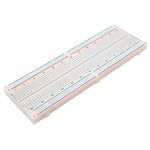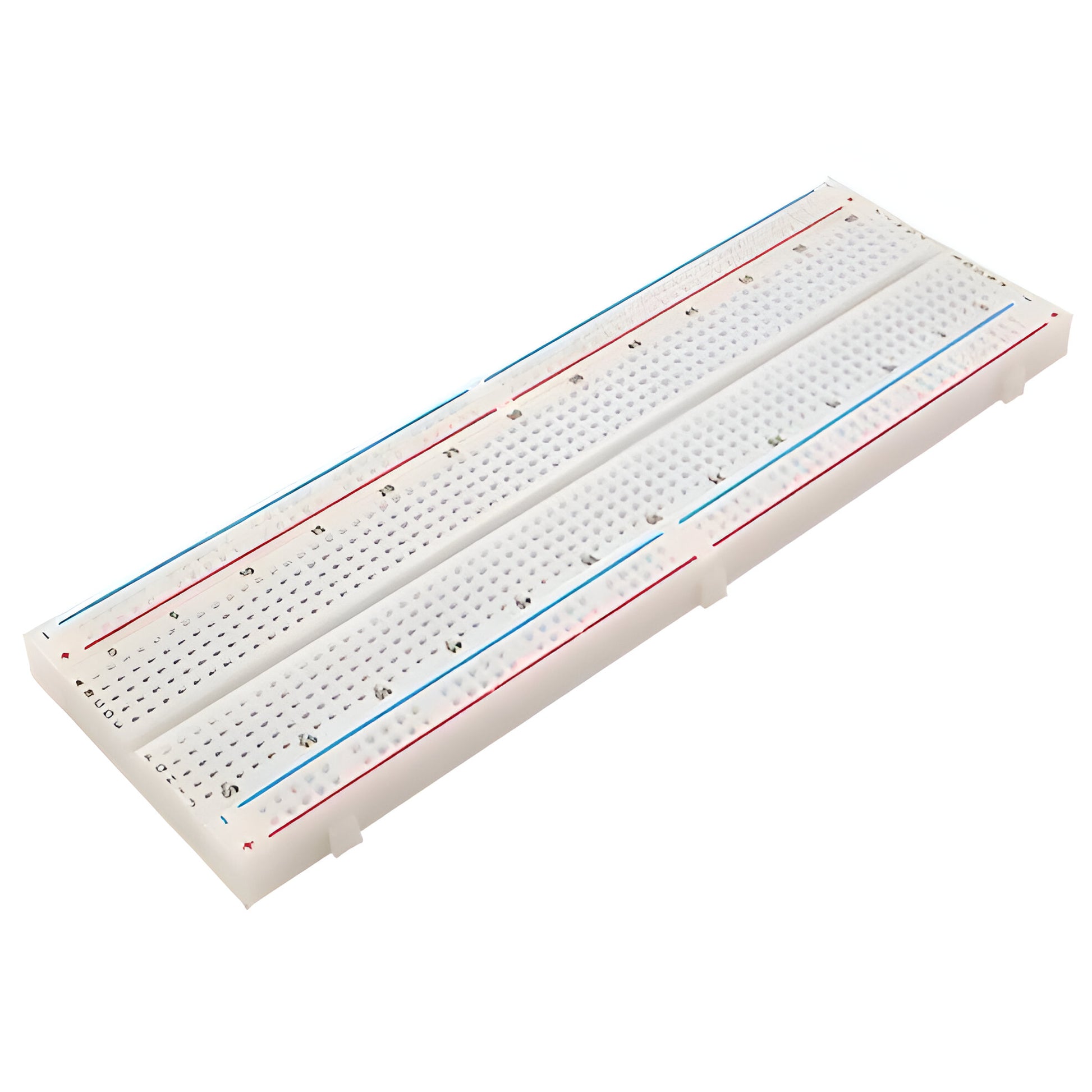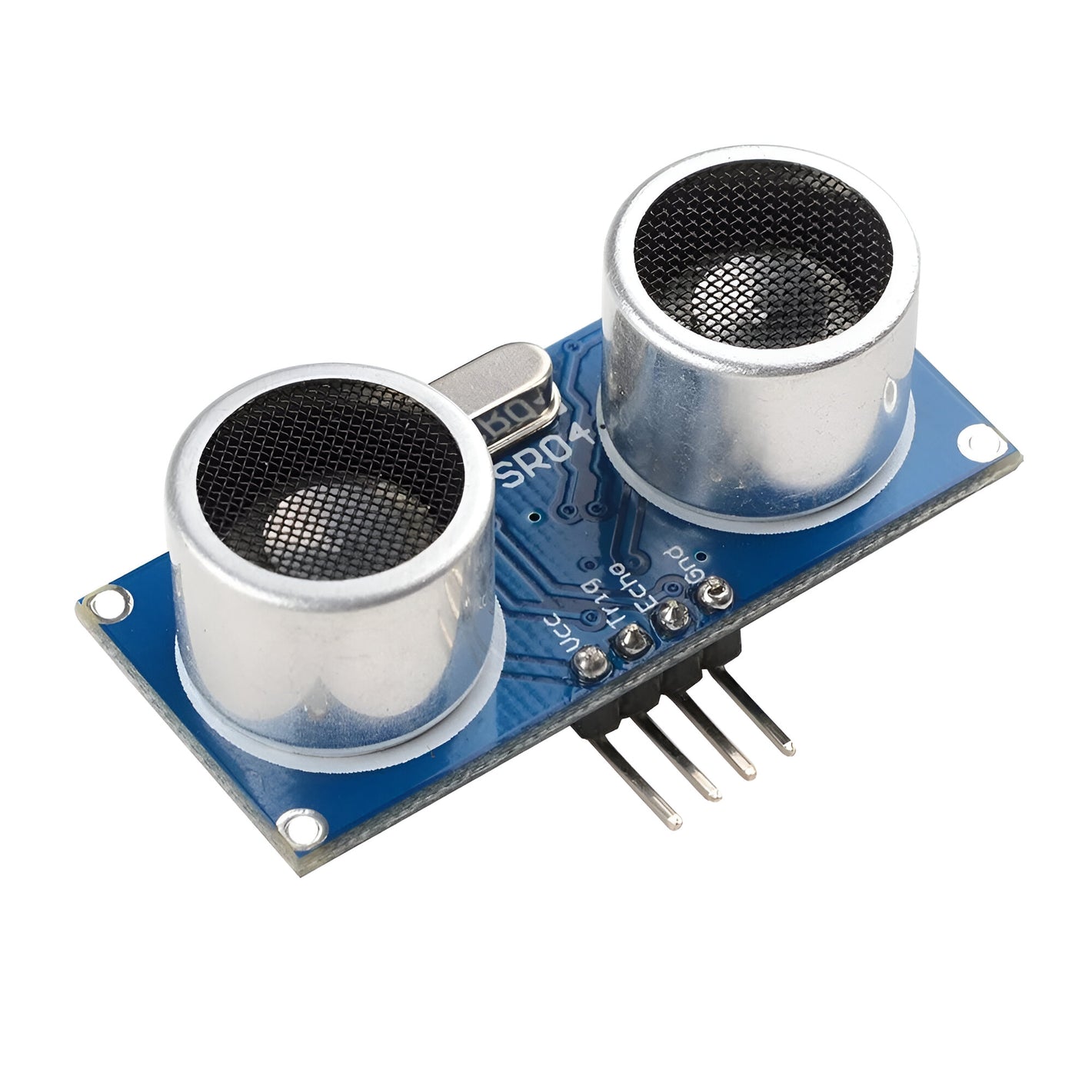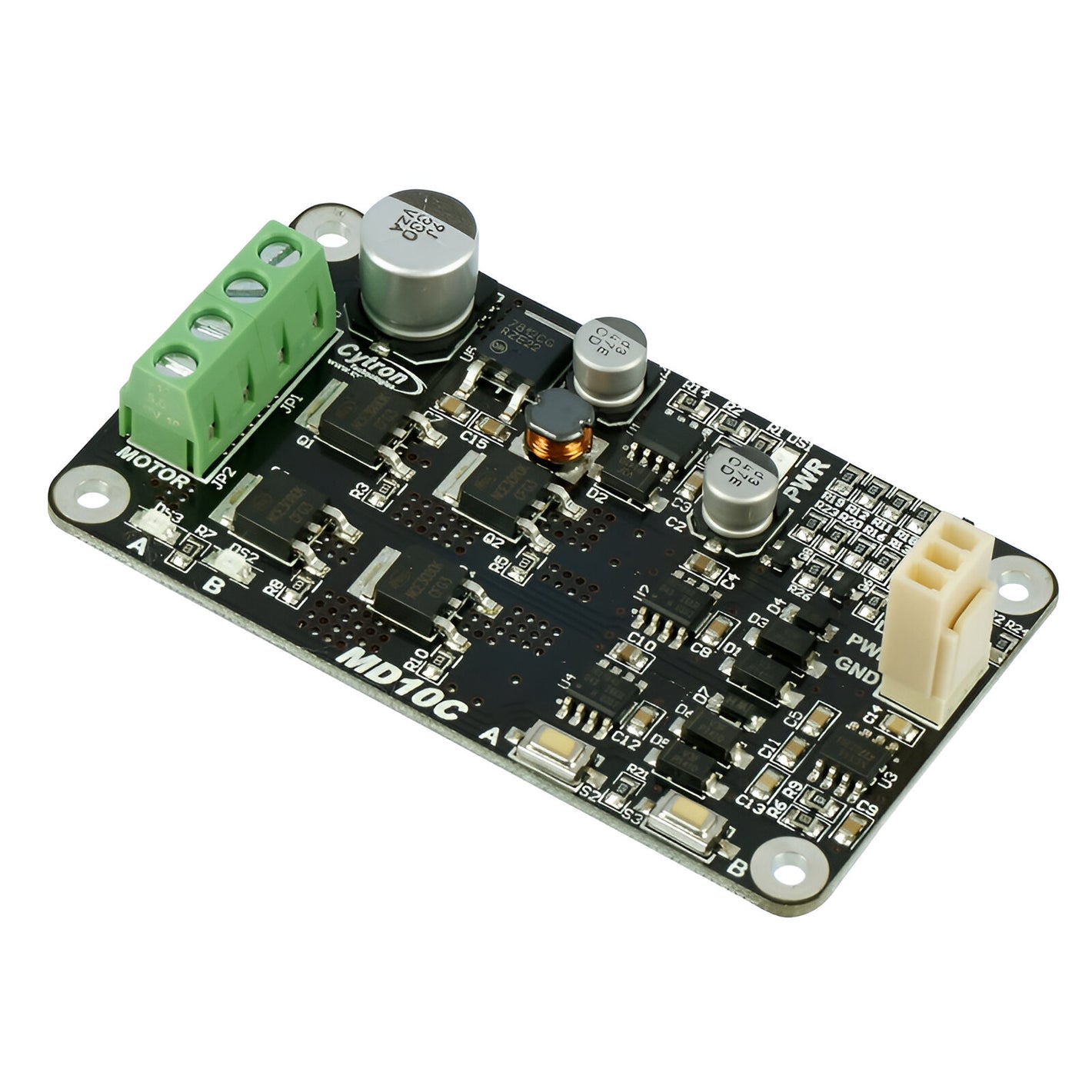
Are you a beginner in building circuit design?
A breadboard is ideal for a beginner to learn in building circuitry. The breadboard does not require soldering to make connections. Sometimes, it is called a solderless breadboard. You can just experiment with your circuit design by plugging in the components without any soldering. Thus, this breadboard and the components are reusable, you can modify your circuit easily without any hesitation. With this feature, it is suitable for beginners like students to build the prototype on the breadboard in order to test the circuit design. You can find the sample connection of the breadboard in the image below:

Note: Please note that you need to put a jumper in the middle part for both ground and power rows since it is not connected. This is the most common mistake that is usually beginners do when using 830 holes breadboard!
Note: We carry the breadboard jumper wire kit (140 pcs), which comes pre-cut, stripped, and bent at both ends of the wire. There are various lengths catering to different lengths of the breadboard. Check it out here.
A breadboard is commonly rated for five volts at one amp or fifteen volts at one-third of an amp, both of which have a power dissipation of five watts. Due to the temporary nature of the contacts, most breadboard has a current limit of one amp or less. Breadboard generally cannot handle frequencies greater than ten megahertz because of the nature of the contacts, which create a stray capacitance of around two to twenty picofarads (pFs) for every connection.
Specifications:
- Full-size breadboard
- Total 830 holes
- Standard 2.54mm (0.1") spacing between two holes
- Dimension: 16.5x5.5cm
- Common Rating: 1A @ 5V or 5 Watt
- 1 x Breadboard 16.5x5.5cm (830 holes)




